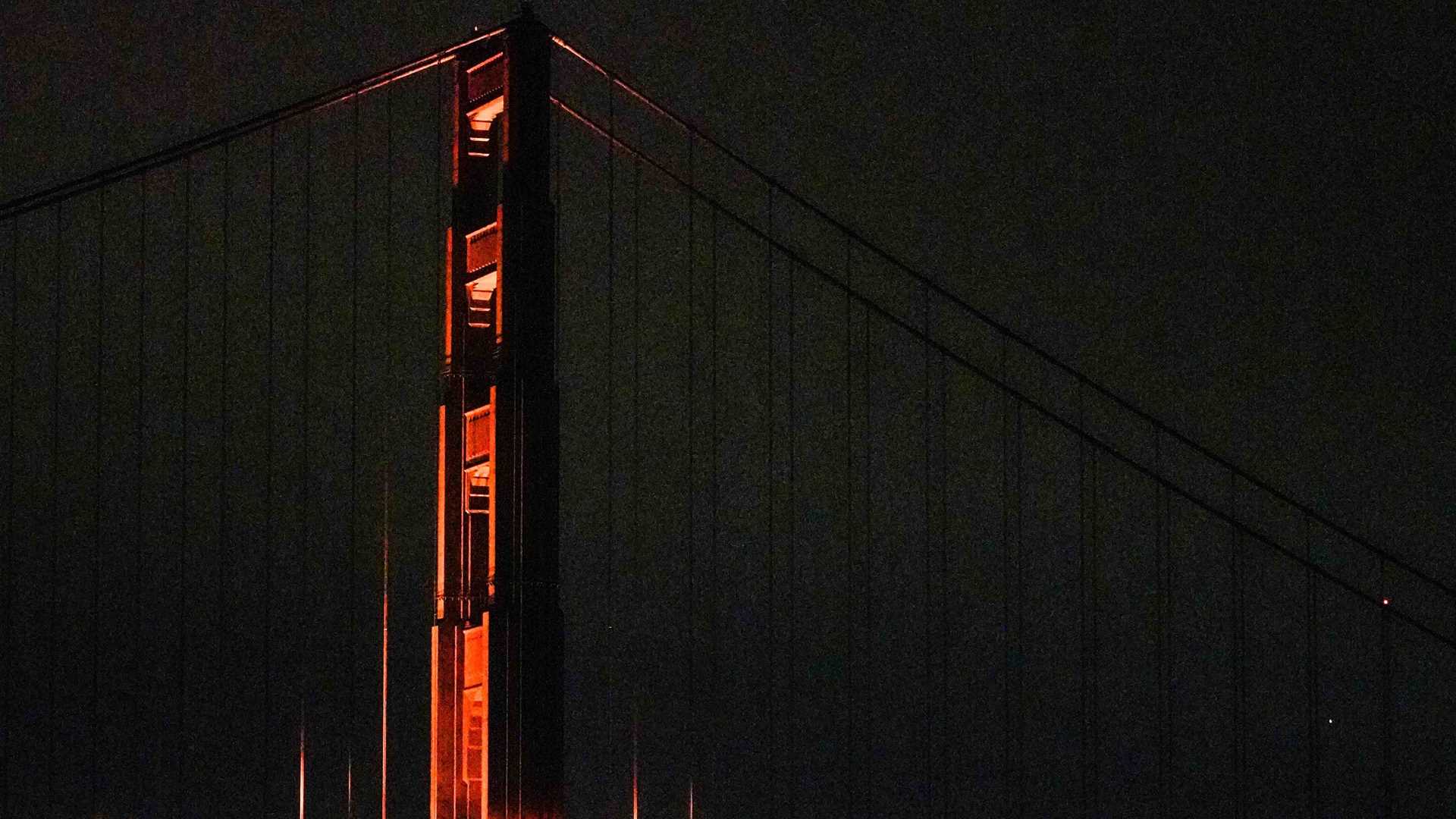Sailing under the lights of the Golden Gate Bridge, National Geographic Venture began her journey southward towards Monterey Bay and the coastal spectacles of California. The anchor dropped early to provide ample time to explore all the seaside city has to offer: the world-famous Monterey Bay Aquarium with its exhibits emphasizing the local biodiversity of the Monterey Bay National Marine Sanctuary, the fabled stories of Ed Ricketts and John Steinbeck’s Cannery Row, and the dramatic geologic features of Point Lobos.
11/18/2019
Read
National Geographic Venture
Santa Catalina Island, California
We departed the dock in San Pedro and sailed into the soft evening light and weather, with the lights of the Los Angles metropolis in the background. After a gentle night crossing of the San Pedro Channel, we awoke to an absolutely perfect day at Two Harbors, Catalina Island. No wind. No clouds. Bright blue sky. Flat seas. A perfect set of conditions for the morning’s activities than included a fast and far hike, a moderate hike, kayaking, paddleboarding, and Zodiac cruising. Those who embarked on the hikes were treated to spectacular vistas, as well as challenges to leg muscles. Those on the water, especially those who went around Bird Rock, saw two sea lions at the surface with flippers extended into the air and sun as little solar heating panels, which warmed the circulating blood before returning and warming their bodies. And of course they did what many of us do when lying in the sun…doze. Once every few minutes a head would poke up to check out the scene, then back to the nap. Hundreds of cormorants sat like miniature sentinels on the rock, all facing the same direction, some drying out their wings after spending some time in the water. Interspersed among the cormorants were a handful of pelicans, including one out of place male who was in full breeding colors. All “dressed up,” but no one was interested because he was a few months too late! Some of the kayakers saw an adult leopard shark, a benign species that pays no attention to humans. In the water (and on the beach) were hundreds of pyrosoma , cone-shaped, colonial tunicates that normally inhabit deeper and colder water, but were probably uplifted to the surface by localized upwelling. And there were signs of giant kelp returning to the area after warm waters of the last El Ni ñ o. After returning to National Geographic Venture , we were treated to an exquisite brunch, followed by deserts on the sun deck. Whale watching Santa Catalina recede slowly into the distance the realization became firm: This was indeed a perfect day in every respect.







